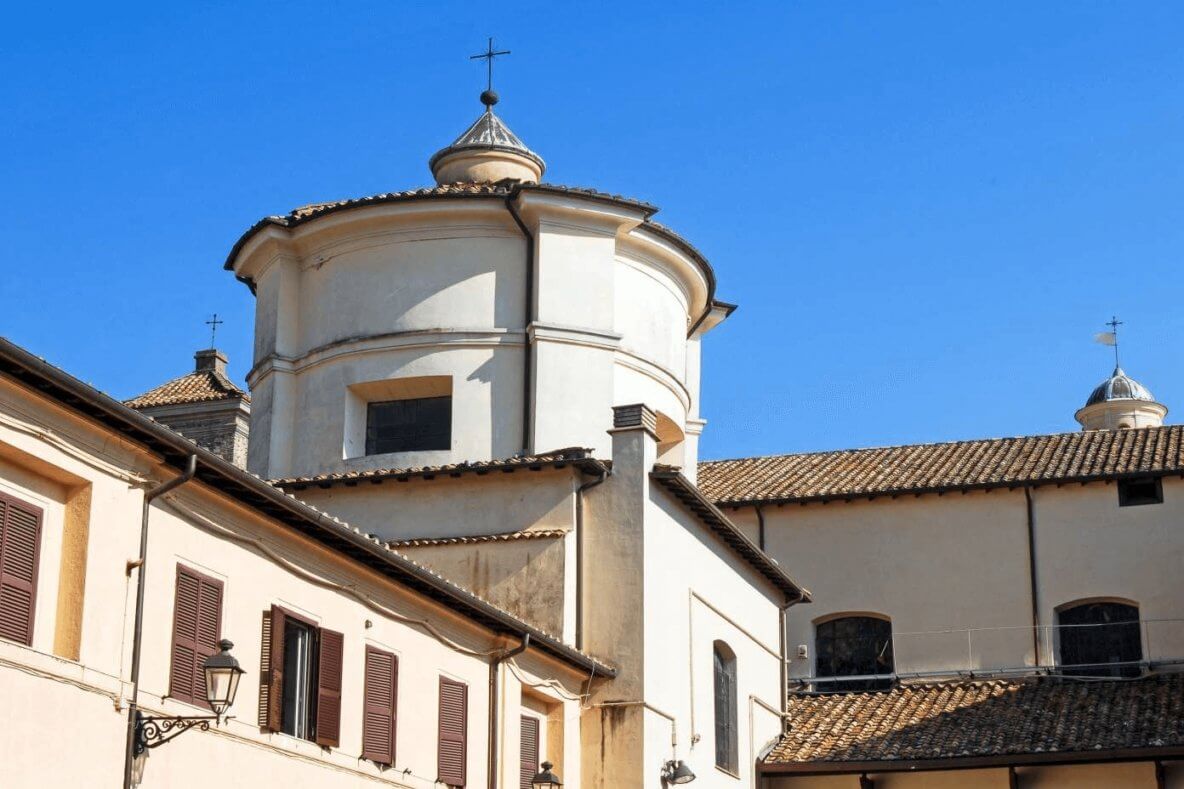
Inhaltsverzeichnis
The slightly different church in Rome - Basilica San Clement
Today I'd like to introduce you to the Basilica of San Clemente in Rome. It's no ordinary church, believe me!
Anyone traveling to Rome for the first time probably has a fairly long list of things to see: from the Colosseum to the Vatican, including St. Peter's Basilica and the Sistine Chapel, the Pantheon and the famous Trevi Fountain, to the Spanish Steps. There's certainly plenty to do. But if you're still not exhausted, or have already been to Rome and would like to see something new, look for places that might not be on the first page of every travel guide.
I'd like to introduce you to just such a place today: the Basilica of San Clemente in Rome. You might be thinking, "Whew, another church? There are certainly enough of those in Rome..." However, but the Basilica of San Clemente al Laterano is no ordinary church. At least not what lies beneath. But more on that later.
Basilica of San Clemente in Rome: Location
The basilica is located about a 10-minute walk east of the Colosseum, so we're in the south of the city. Located between a tax office, a park, and numerous restaurants, it's not exactly where you'd pass by anyway. When I was in Rome with my family a few weeks ago, we visited the church because a relative had recommended it to us. After visiting the Colosseum, we headed to Via Labicana.
The basilica is dedicated to the martyr Clement I, who was Bishop of Rome from 88 to 97, hence the name of the church.
The Upper Church
From the outside, the church doesn't look particularly special or spectacular at first glance; it's simply designed and constructed primarily of flat bricks. From the inside, it doesn't seem (to the average tourist) particularly different from other basilicas. An ornately decorated sanctuary, marble floor decorations, and an adjoining courtyard don't necessarily suggest an extraordinary history for this place.
But here's the twist: The church—or rather, the building complex—consists of more than just the basilica itself. Its multi-layered structure makes it a remarkable sight. Beneath the church, which is directly visible to us at street level, lie two additional underground levels. The ancient buildings, some up to two thousand years old, nestled here now slumber invisibly beneath the buildings of the new Rome.
The building complex consists of three levels:
- The medieval Basilica of San Clemente at our present street level, built from 1108. This part is also Upper Church called
- Below is the Lower Church, an early Christian basilica from 384
- One floor down you come across the remains of Roman buildings from the 1st to 3rd centuries, which also contain a temple of the Mithras cult, also called Mithraeum
The Lower Church
While admission to the above-ground basilica is free, you have to pay a few euros to visit the underground layers.In my opinion, however, it is totally worth it because this building and its history are truly unique.
A few steps lead to the lower church. Damp, musty air and dark, winding corridors are probably the first things you notice here. However, if you look more closely, you'll see some truly beautiful, centuries-old frescoes. They're on the stone walls, some of which are still surprisingly clearly visible. The small brochure you receive at the checkout after paying helps you orient yourself down there and bring what you see to life.
Once you've explored the first basement level, you descend further steps and delve even deeper into the history of this place. Winding your way through the numerous, winding corridors, you'll not only see the Mithraeum, but also a former Mithraic school. You'll also discover a water spring, which can be heard from the floor above. The purpose of some of the rooms is still unknown. However, one section of this exposed floor is fairly certain to have been a mint.
Takeaway
I find it fascinating to imagine that where the Church of San Clemente in Rome now stands, a whole new life once existed. The entire city lay at this ground level back then! It makes you wonder and ponder what might have been going on beneath all the other ancient streets of Rome back then...
If you would like to learn more about healthy eating, mindfulness or sustainability, Check out more exciting blog articles on these topics here.
*Unfortunately, photography was not permitted anywhere inside the church. Therefore, I'm relying on external photo sources.









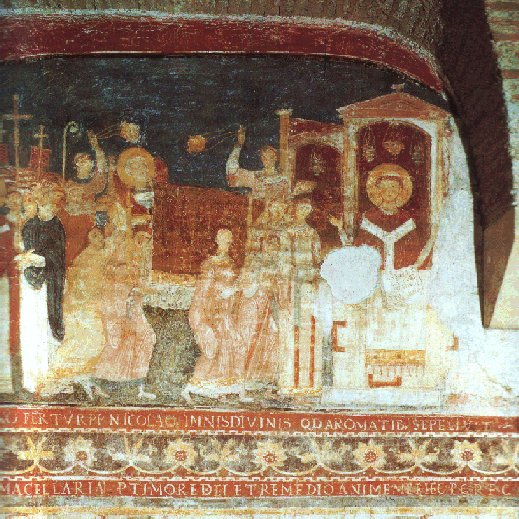
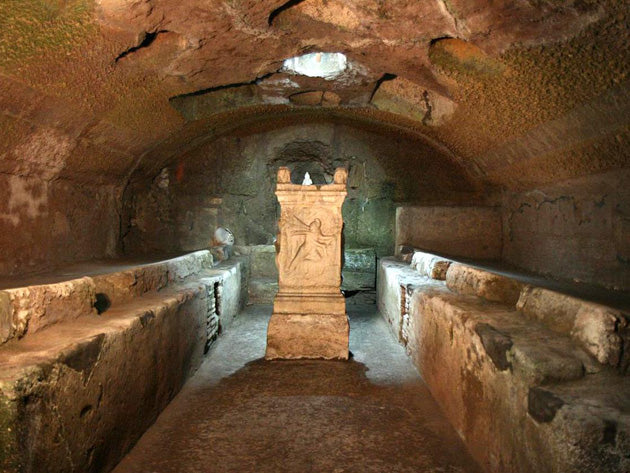









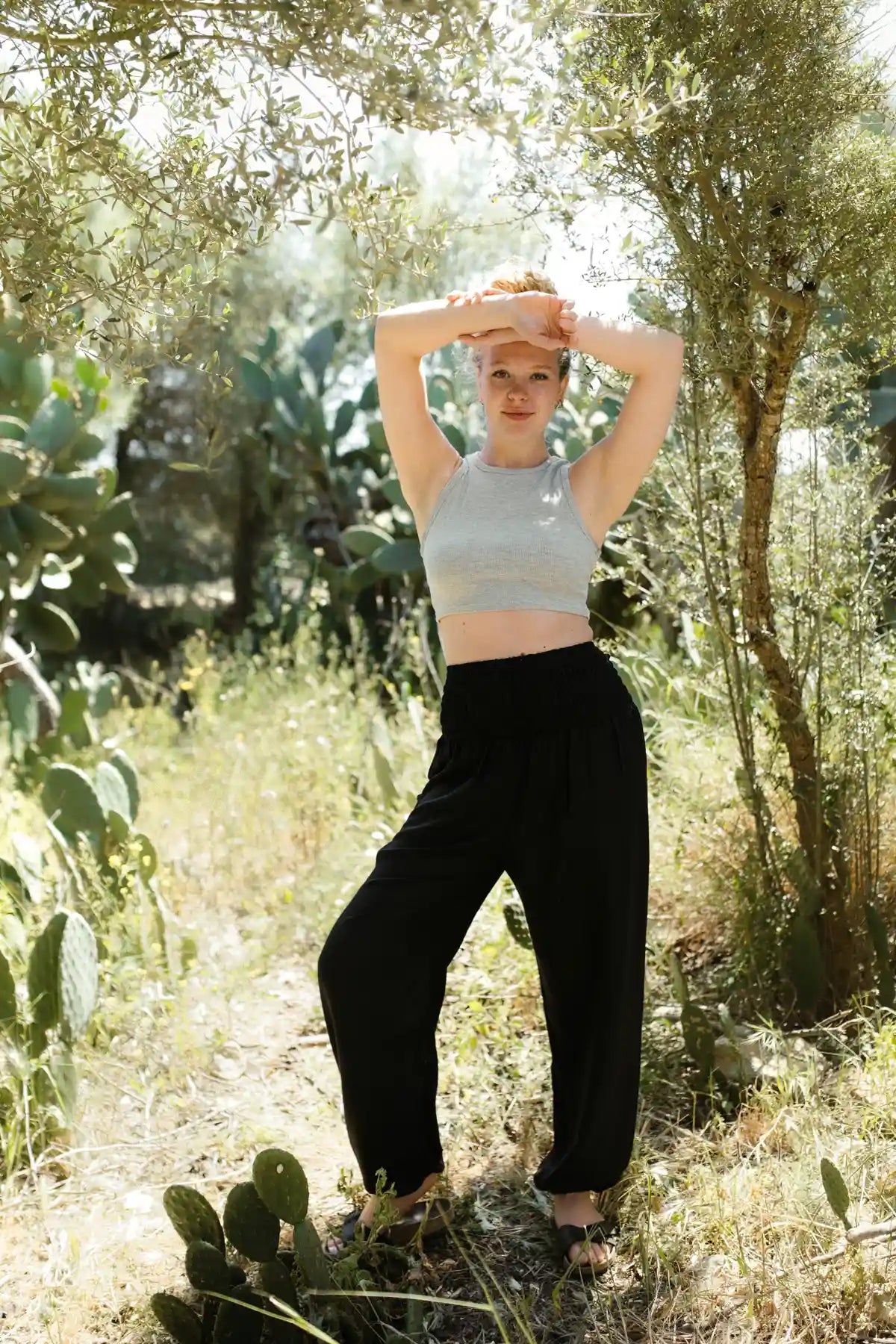

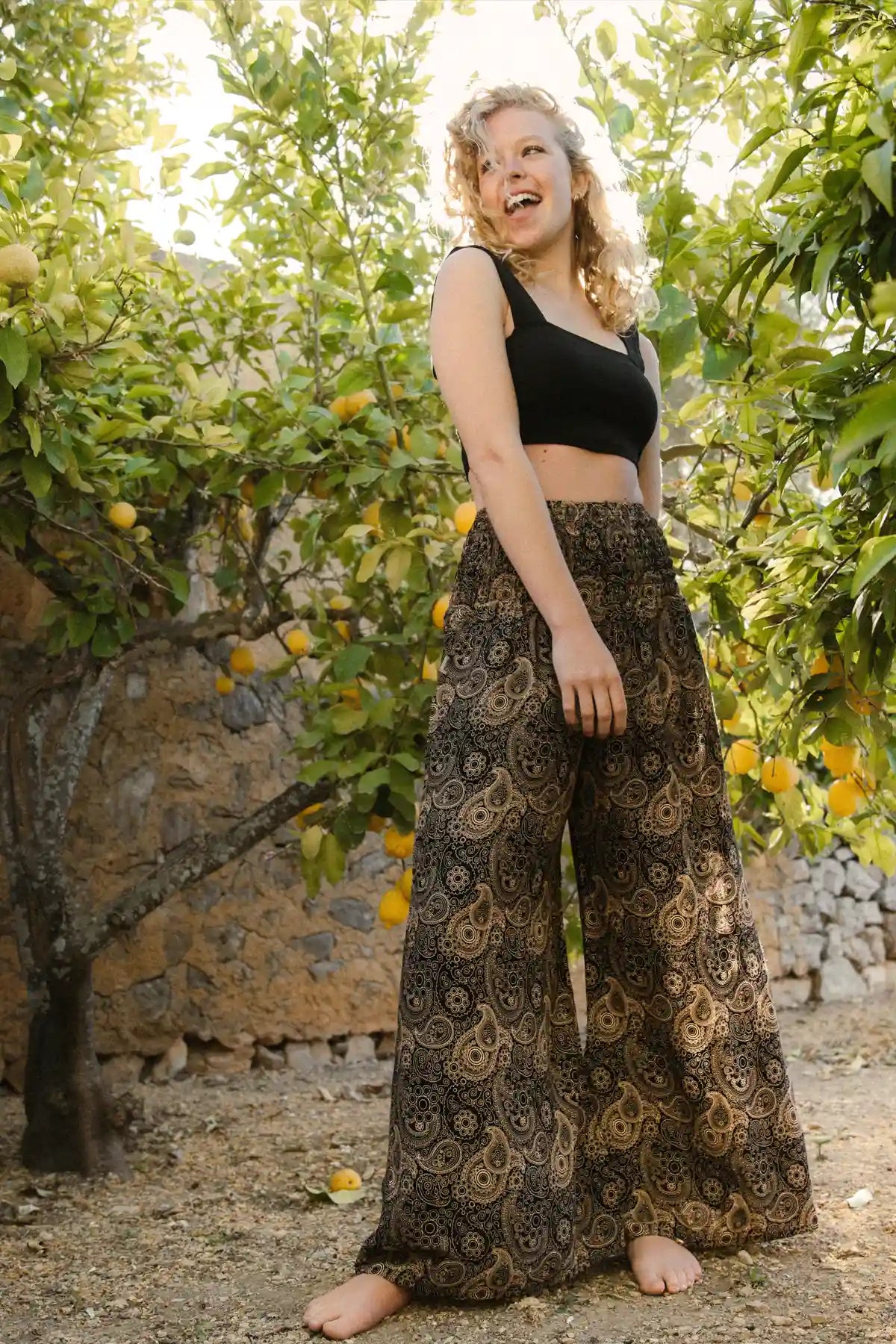








Leave a comment
This site is protected by hCaptcha and the hCaptcha Privacy Policy and Terms of Service apply.